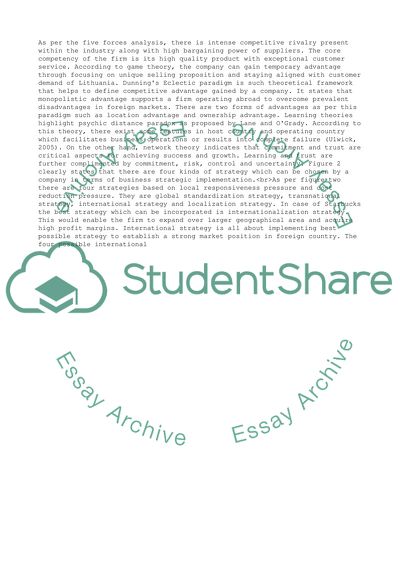Cite this document
(“Analyse the global supply chain of the company Essay”, n.d.)
Analyse the global supply chain of the company Essay. Retrieved from https://studentshare.org/management/1674200-analyse-the-global-supply-chain-of-the-company
Analyse the global supply chain of the company Essay. Retrieved from https://studentshare.org/management/1674200-analyse-the-global-supply-chain-of-the-company
(Analyse the Global Supply Chain of the Company Essay)
Analyse the Global Supply Chain of the Company Essay. https://studentshare.org/management/1674200-analyse-the-global-supply-chain-of-the-company.
Analyse the Global Supply Chain of the Company Essay. https://studentshare.org/management/1674200-analyse-the-global-supply-chain-of-the-company.
“Analyse the Global Supply Chain of the Company Essay”, n.d. https://studentshare.org/management/1674200-analyse-the-global-supply-chain-of-the-company.


